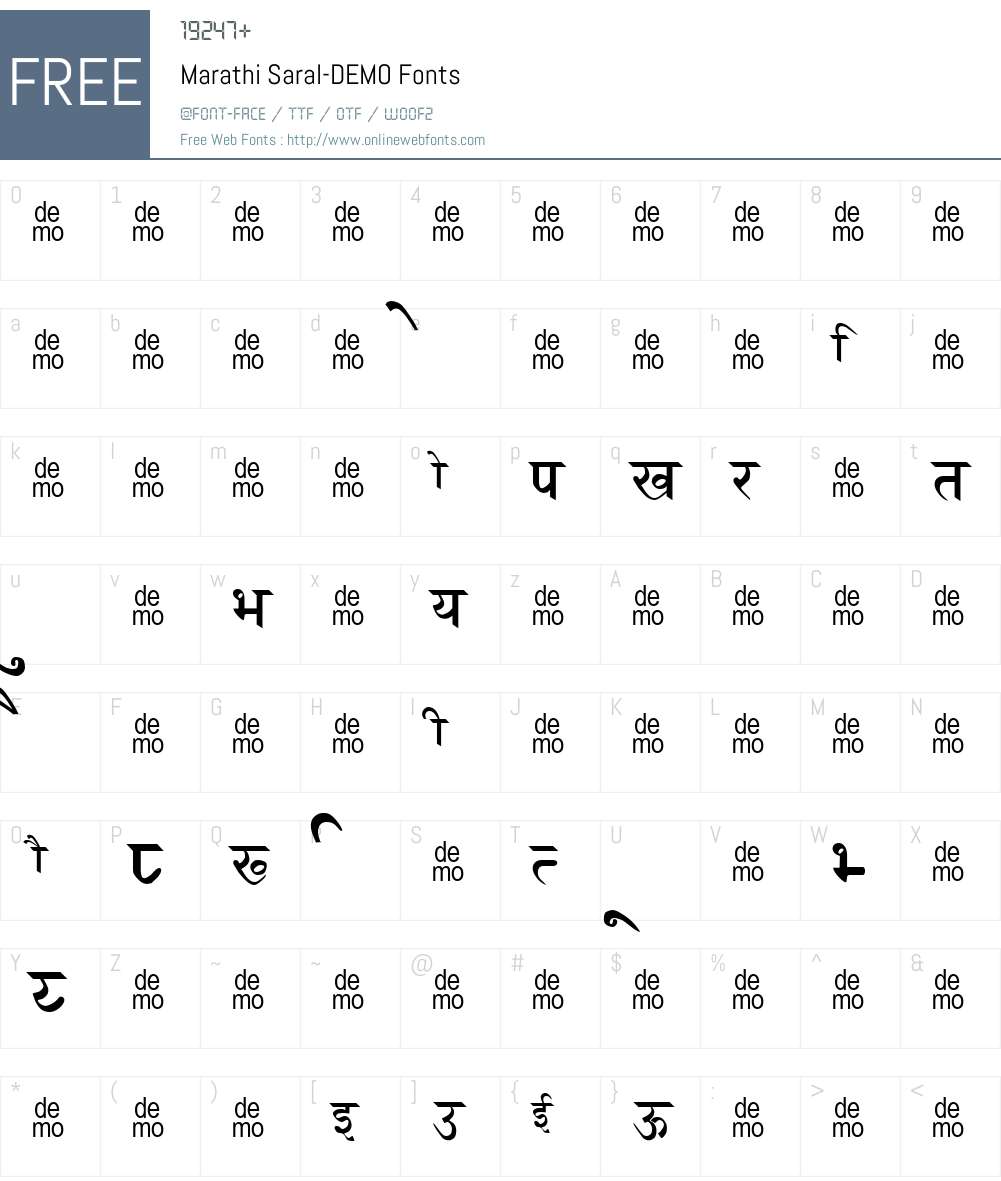
Importance of Modi is because it was the official script for all administrative purposes in the 16th century. There are some other views about the origin of the script but most researchers agree that Modi script derives from Nagari family of script. It is believed that Modi-script was developed by Hemadpant, during the reign of Yadava dynasty (1260- 1309). Modi script is a Brahmi based script used primarily for writing Marathi and in some cases other languages like Hindi, Gujarati, Konkani, Tamil and Telugu.


Key words: Maratha era, Modi-script, Marathi Handwritten script, Modi document, Modi-lipi, Hemadpant lipi, Shivaiji lipi. It discusses the need for bringing back the Modi-script and the steps that need to be taken in order to relate with earlier cultural and historical era. This paper describes the project to standardize the Modi-script and consequently translate it into a usable typeface. In this context, there is scope for reviving the Modi script by rendering it with appropriate technology that makes it easy to use. It was used for writing until 1950, but because of its difficulty in printing its use was stopped and Devnagari (Balbodh) was used for writing Marathi. Modi script was refined by Hemadpant during the time of Mahadev and Ramdev Yadav (1260 – 1309).

Modi Script is known by this name in Maharashtra for last 700 years. ‘Modi script’ is one of the scripts used to write Marathi language and is primarily used to write scriptures of Maharashtra in Western India. “Modi-manuscript” speaks of the past, reveals history, unfolds perspectives and reflects the social, political and cultural senses of its time. This cultural treasure is supported to serve as a source of inspiration and information to the present generation. Rajendra Bhimraoji Thakre, MIT Institute of Design, Pune, India, Modi-script” are concrete examples of the humanistic and artistic activity of the past.


 0 kommentar(er)
0 kommentar(er)
